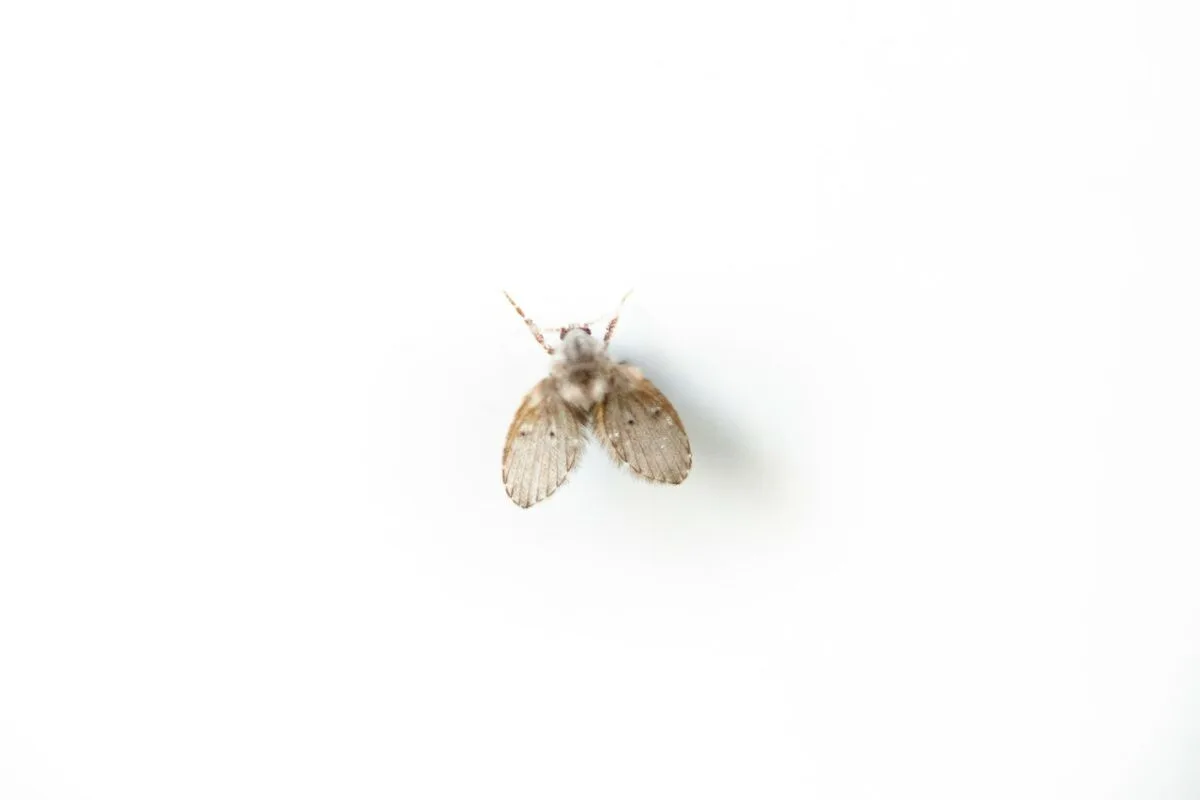Have you ever been out in the great outdoors and felt like something was biting you, but when you take a closer look, all you can see is empty space? If so, chances are that no-see-ums (also known as sand flies) were attacking you.
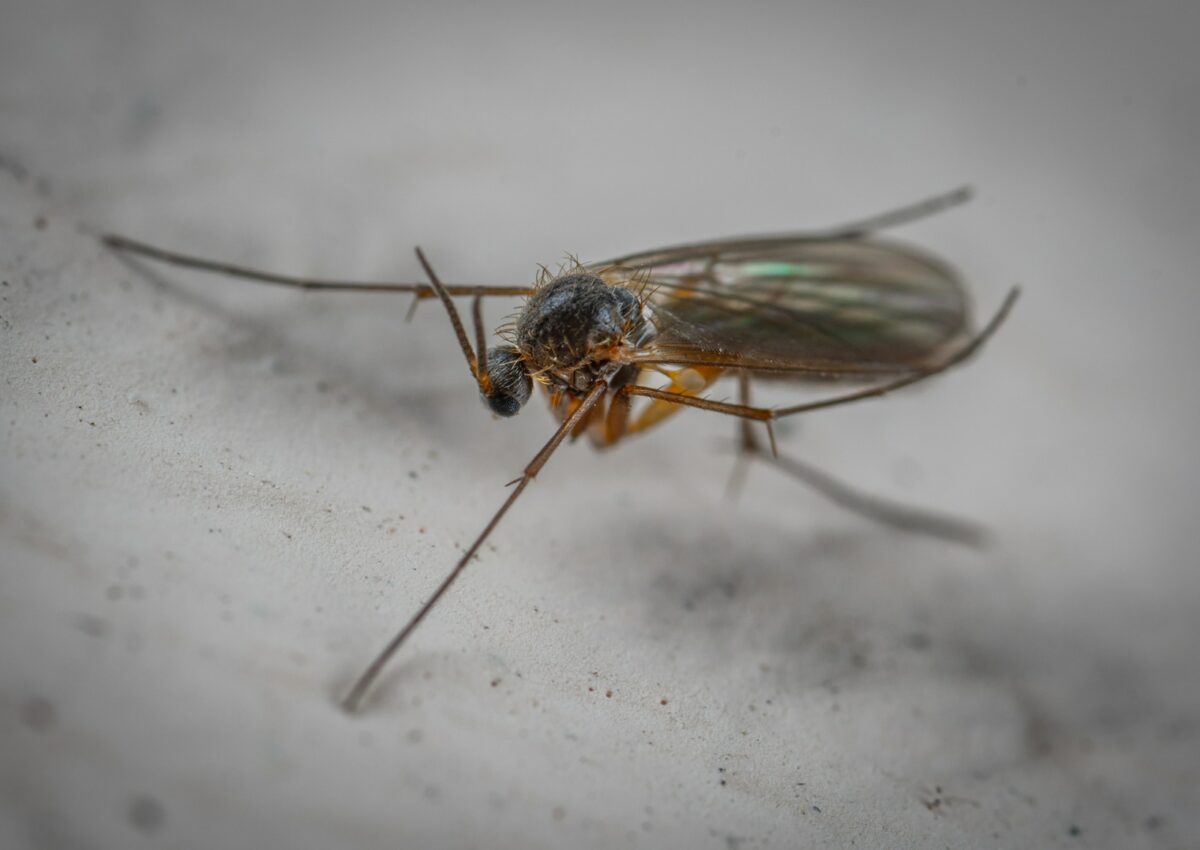
These tiny bugs live in damp or marshy areas around the world. Unfortunately for humans, they love to feast on our blood!
No-see-ums, or biting midges as they are sometimes known, are tiny insects that can cause itchy red bumps on the skin and make outdoor activities uncomfortable. While their bites can be unsightly and rather unwelcome, picking up some knowledge about these pesky creatures is an effective way to avoid unwanted encounters when out in nature.
Let’s find out about no-see-ums – from what they look like and where they come from to how to avoid being bitten so you can enjoy your outdoor adventures in peace.
What Are No-See-Ums?
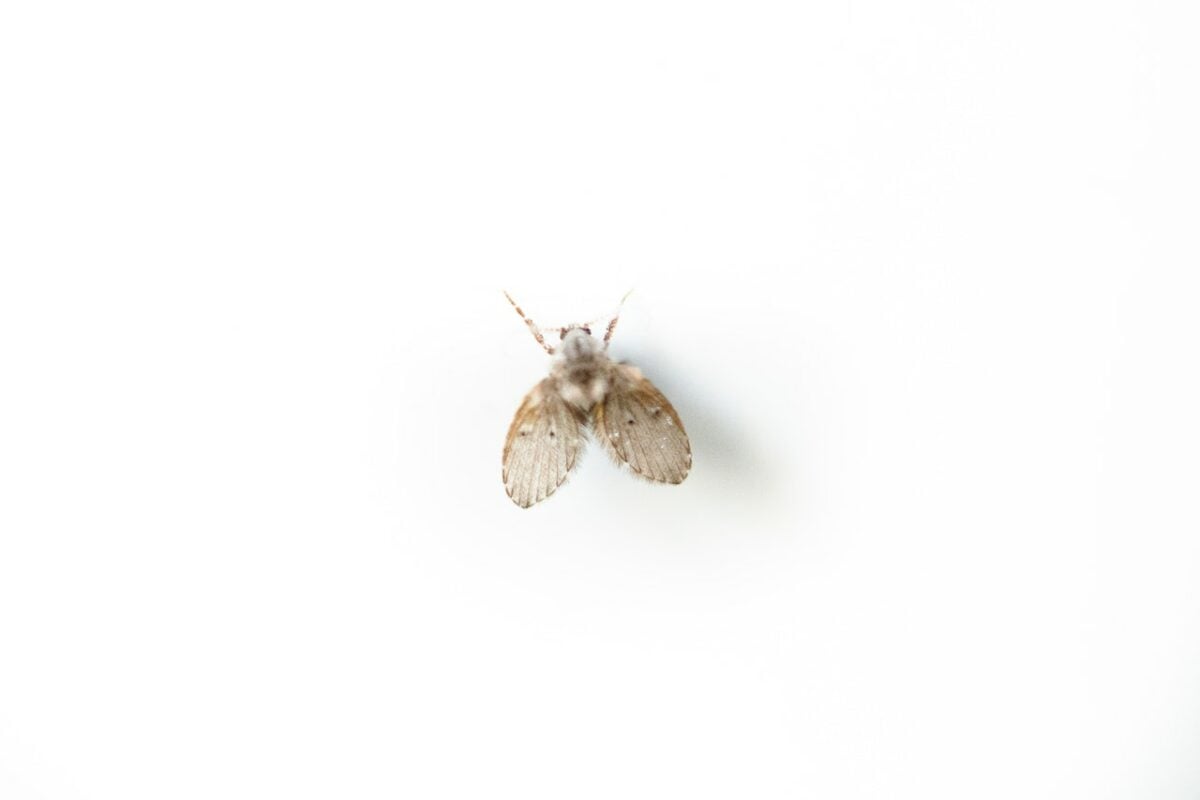
No-see-ums, also known as biting midges or punkies, are tiny insects with piercing mouths. These pesky bugs fly and bite humans and animals, creating a painful itching sensation lasting up to a week.
They feed off of the blood of their victims, but unfortunately for us, much about them remains unknown. Due to their small size of 0,4-0,12 inches (1-3 mm) in length, they may be difficult to detect. It also makes it harder to find treatments and control measures.
We should take No-see-ums seriously. Even though they may be small, their irritating bite can cause considerable discomfort. Possibly even ruining your camping trip or hike!
What Do No-See-Ums Look Like?
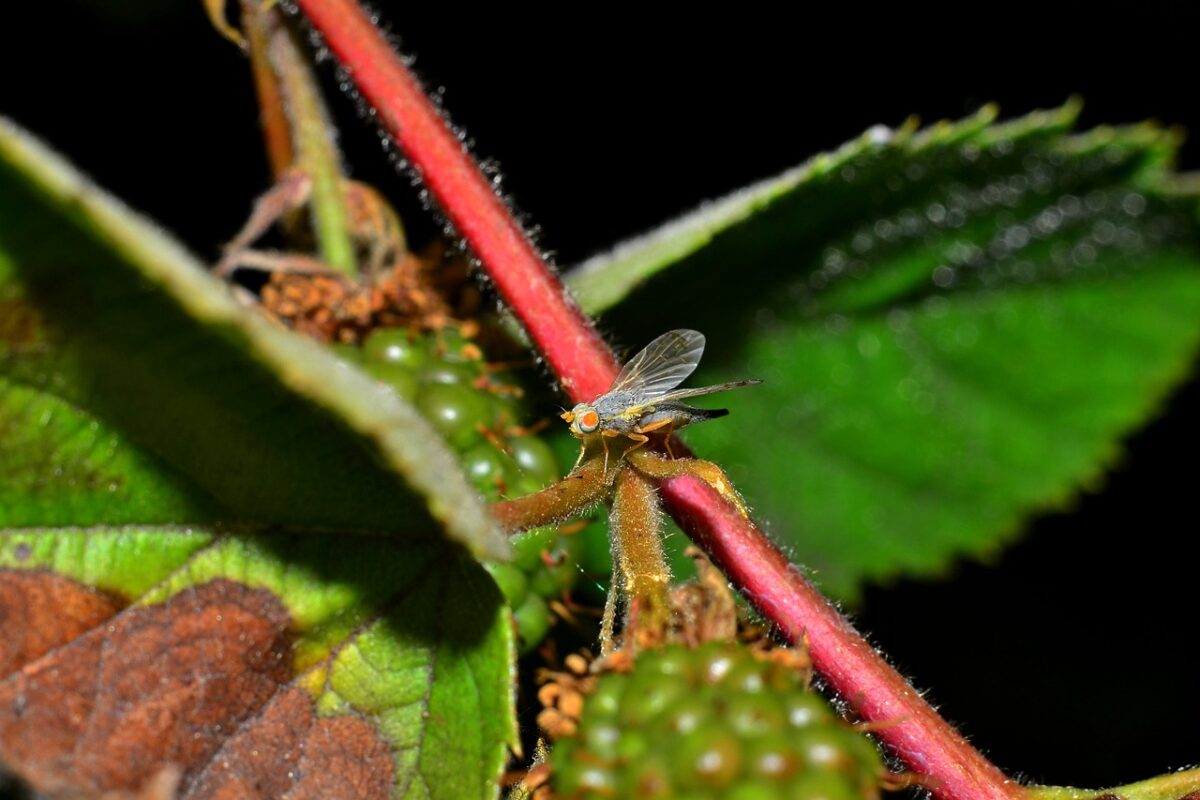
At first glance, they might not look like much. But under closer scrutiny, you will see that they have remarkable characteristics.
- They are typically cylindrical and composed of primarily carbon-based materials. This gives them a unique shimmering effect when light bounces off them.
- These tiny creatures come in various sizes and colors, ranging from vibrant blues and greens to light browns and whites. Each has unique properties that make them stand out from the rest.
- Interestingly, each one also has its unique pattern on the outside, making them one-of-a-kind creatures that beckon people to explore further what they’re all about.
Life Cycle of no-see-ums
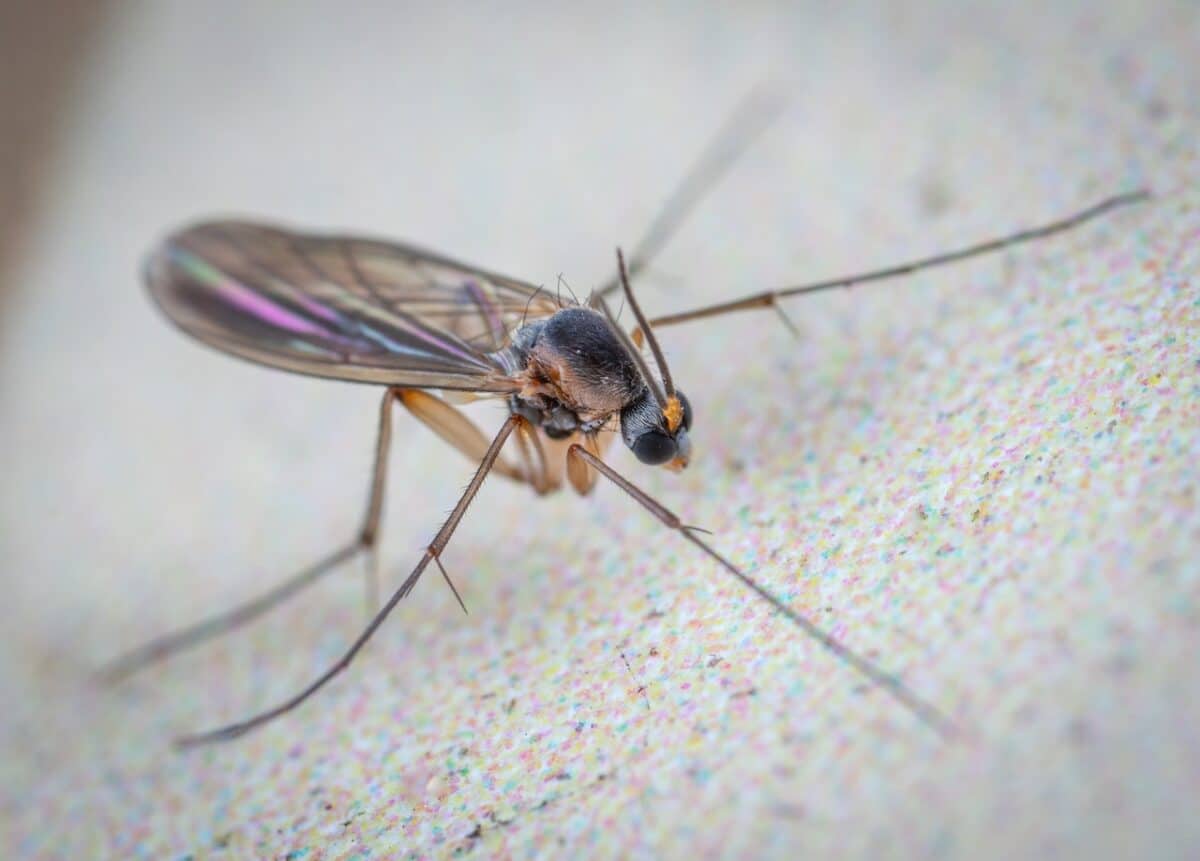
No-see-ums is a colloquial term to describe small, biting insects, such as gnats, midges, and sand flies. These insects can be a nuisance and transmit diseases to humans and animals. The life cycle of these insects can vary depending on the specific species, but in general, most no-see-ums have a four-stage life cycle: egg, larva, pupa, and adult.
Stage 1: Egg
No-see-ums lay eggs in damp soil, standing water, or vegetation. The eggs hatch in a few days, depending on the temperature and humidity.
Stage 2: Larva
After hatching, the insects enter the larval stage, lasting from several days to several weeks. During this stage, the larvae feed on microorganisms and organic matter in the soil or water.
Stage 3: Pupa
After the larvae have grown and developed, they enter the pupal stage. The pupae are often found in the same environment as the larvae, in soil or water. Pupae do not feed and instead undergo metamorphosis, developing into adults.
Stage 4: Adult
The final stage of the life cycle is the adult stage. Adult no-see-ums are typically small, winged insects that are capable of flight. They feed on nectar, pollen, or blood and can live for a few days to a few weeks. Female no-see-ums will mate and lay eggs after feeding on blood.
It’s important to note that the life cycle and the development time of no-see-ums can vary. The temperature and humidity of the environment are huge factors. Some species have one generation per year, while others have multiple generations in a single year.
Characteristics
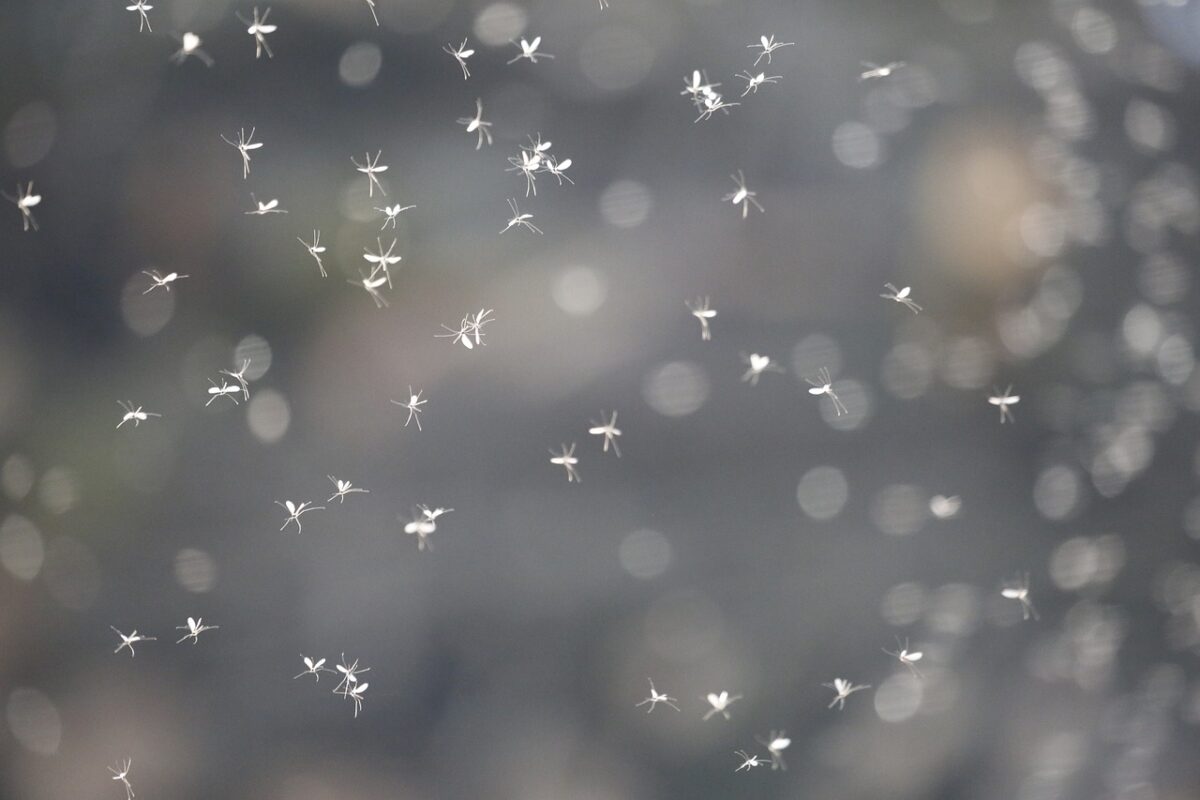
#1 Biology
No-see-ums belong to a group of insects called Ceratopogonidae, which includes over 4,000 species distributed worldwide. These tiny bugs measure only 1/16 to 1/8 of an inch in size and are often mistaken for flying ants or gnats due to their small size. They have six legs, two wings, and antennae on their head and come in various colors ranging from pale yellowish brown to black.
#2 Habits
No-see-ums breed in standing water, where they lay their eggs, which hatch within 24 hours. After hatching, larvae feed off algae and other organic material until adulthood. During the day, adult no-see-ums usually hide in shady areas such as shrubs or trees and come out during dusk or dawn when temperatures are more relaxed.
#3 Biting
While not everyone is affected by no-see-ums bites, those that are may experience a sharp burning sensation along with redness and swelling of the skin around the bite site. Some individuals may even develop a rash from multiple bites from these pesky insects!
#4 Prevention
To avoid being bitten by no-see-ums, it is essential to apply insect repellent containing DEET on your skin before venturing outdoors. Wear long sleeves, avoid damp environments such as marshes, keep lights dimmed near your house, install screens around windows and doors, and take care to clean up any standing water sources around your home since this is where no-see-ums thrive!
#5 Control
Suppose you would like to reduce the number of no-see-ums around your home or property. In that case, one effective method is to introduce predators such as fish (which feed off the larvae), dragonflies (which feed off adult no-see-ums), or parasitic wasps (which parasitize larvae). Additionally, planting certain flowers, such as marigolds, can help repel them away from your space!
Where Do No-See-Ums Live?
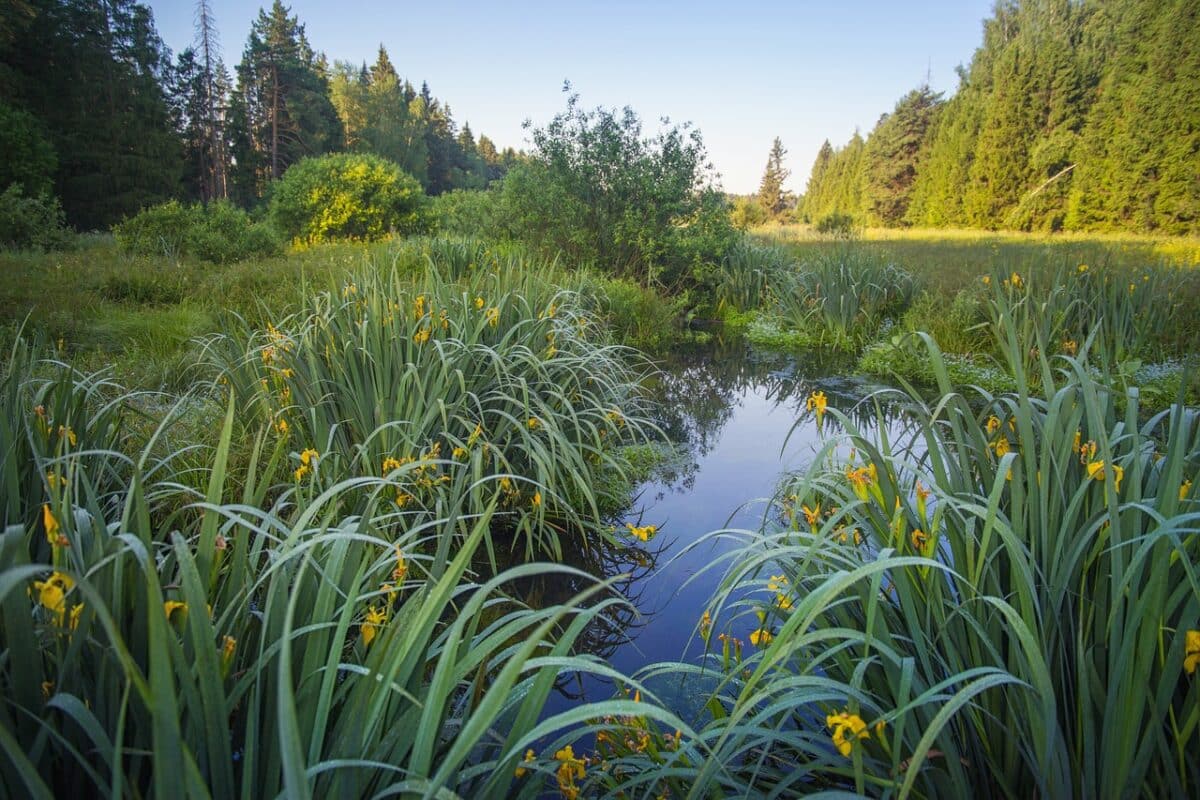
No-see-ums, sometimes called biting midges, are small but pesky insects that you can find worldwide. They thrive in wetland environments like marshes and streams and hot and humid areas close to water. Typically they live in damp soil, organic debris like fallen leaves, or even potting soil.
When it comes to their living situation, no-see-ums prefer our gardens over homes; they’re unlikely to stay indoors for long because they need moist habitats with plenty of vegetation to survive. To protect yourself from these pesky little bugs, make sure you eliminate any standing water on your property and wear light-colored clothing while outdoors.
What Kind of Damage Can No-See-Ums Cause?
The tiny insect No-see-ums may be tiny in size, but they can cause significant problems with their bites.
They are well known in southern climates and along coastal beaches, but they thrive everywhere. Their bites are annoying and itchy and can cause inflammation, swelling, and at worst allergic reactions that may require medical attention.
Human skin can become sensitized to no-see-ums over time as mosquitoes do, resulting in increasingly severe attacks after multiple bites. Everyone should take preventative measures if faced with sudden no-see-um infestations to minimize their effects on personal health.
How To Prevent No-See-Ums From Entering Your Home
Unfortunately, the pesky sandflies that always find their way into your home aren’t a myth. Although incredibly annoying, we should prevent these tiny flies. Start by ensuring all windows have tight-fit screens and ensure they don’t have any tears or holes.
If you have an attic or other unheated areas in your home, block off any openings with caulk or wire mesh — no-see-ums will travel through the smallest openings!
Consider investing in an air conditioner installed in rooms where you spend the most time; this will keep temperatures inside your home lower than outdoors and make it less inviting to no-see-ums.
Lastly, try using insect repellent products designed for fighting these tiny bugs; this will further reduce your chances of finding them uninvited in your living space. With these tips and tricks, you can fight those pesky no-see-ums from entering your home.
Treatment For Bites From No-See-Ums
If you’ve ever gone camping, you will know that no-see-um bites typically involve simply applying a cold compress to the affected area, which allows the swelling and itching to subside.
An antihistamine can also help; however, if swelling and itching persist, it is best to see a doctor. Over-the-counter creams can help when spending time in a wooded area. You know the annoyance of no-see-ums, so better go prepared!
Also known as gnats, these tiny flying insects may be small, but their bites can be painful and itchy. Keeping your skin covered using long clothing and DEET bug spray can help prevent bites in the first place.
The Dangers of No-See-Ums
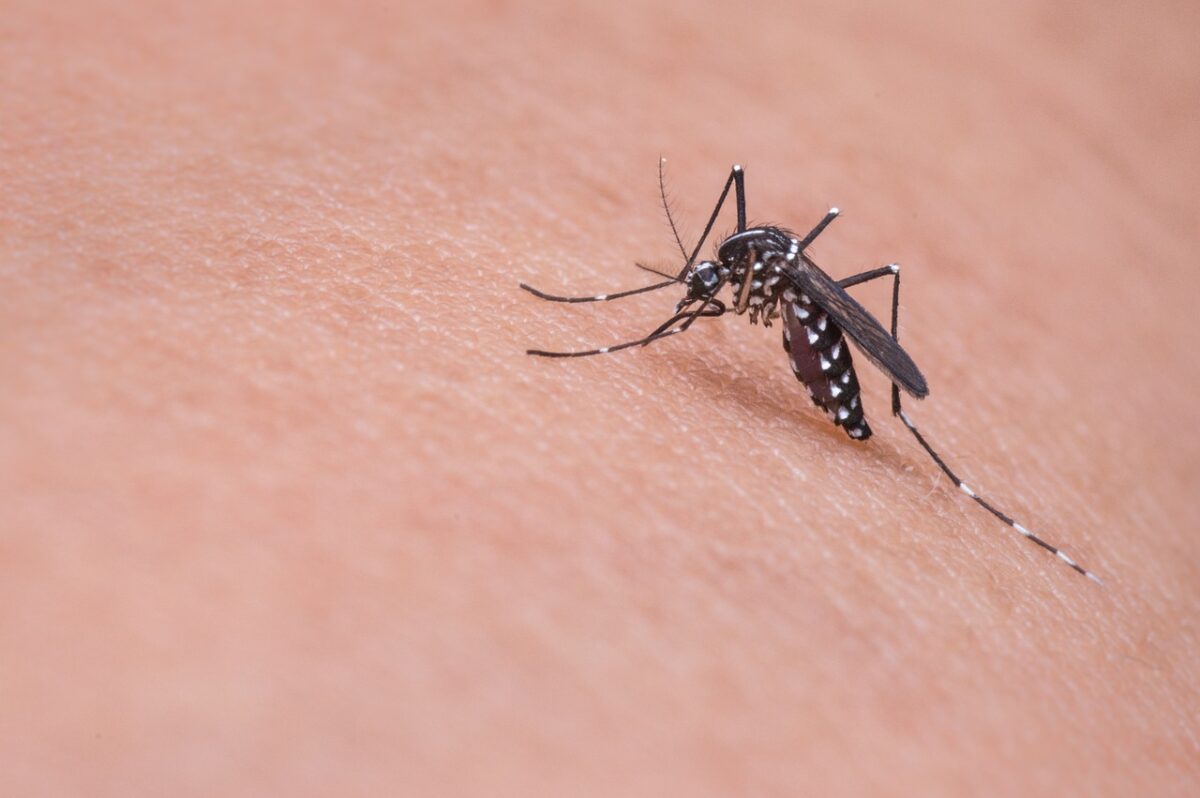
No-see-ums are tiny pests that can be almost impossible to detect with the naked eye, yet they can deliver an excruciating bite! No-see-ums are also known as biting midges or punkies.
These tiny insects feed on mammalian blood and thrive on sweltering summer days. Unfortunately, their bites can lead to long-term health problems because of potential disease exposure and allergic reactions in humans.
It is essential to take preventive measures to avoid contact with these pesky critters outdoors, such as covering up exposed skin, wearing insect repellent, and avoiding standing water. If bitten by a no-see-um, your best bet is to treat the area with disinfectant and keep it clean for at least 48 hours.
Additionally, they can spread diseases such as the West Nile virus, Encephalitis viruses, and many more potentially fatal illnesses. Getting rid of these little pests is beneficial in keeping you and your family safe from potential health risks caused by them.
Although no-see-ums may seem small and harmless, their effects can still be tremendous – make sure you protect yourself so you don’t get caught off guard!
Prevention Of No-See-Ums
Preventing No See Ums, also known as sandflies, is a significant public health issue. Thankfully, there are a variety of methods that can be used to limit the presence and activity of these tiny pests.
- Placing screens on windows and doors is one way to keep them from entering the home.
- Removing outdoor areas of standing water sources such as flower pots or bird baths is also essential.
- Applying bug repellents around outdoor seating areas is another option for discouraging bug bites.
- Keeping vegetation in the area trimmed allows for improved airflow and light penetration, reducing their breeding grounds.
Keeping all these steps in mind can provide relief from pesky No-See-Ums!
Natural Remedies For No-See-Ums
Natural remedies for no-see-ums are becoming increasingly popular in the war against these annoying pests. Here are some natural remedies for those who live in areas affected by no-see-ums,
- Using a natural approach, such as essential oils and herbs, can be a great option to help keep them under control.
- Essential oils such as lavender or neem oil have been known to be effective deterrents.
- Herbs like lemon balm and catnip can also provide relief and likewise contain compounds that may act as repellents.
Not only will these natural approaches be helpful against the no-see-ums, but it’s also an excellent alternative if you’re looking for more natural ways to fight off any other types of bugs you come across.
Chemical Treatments For No-See-Ums
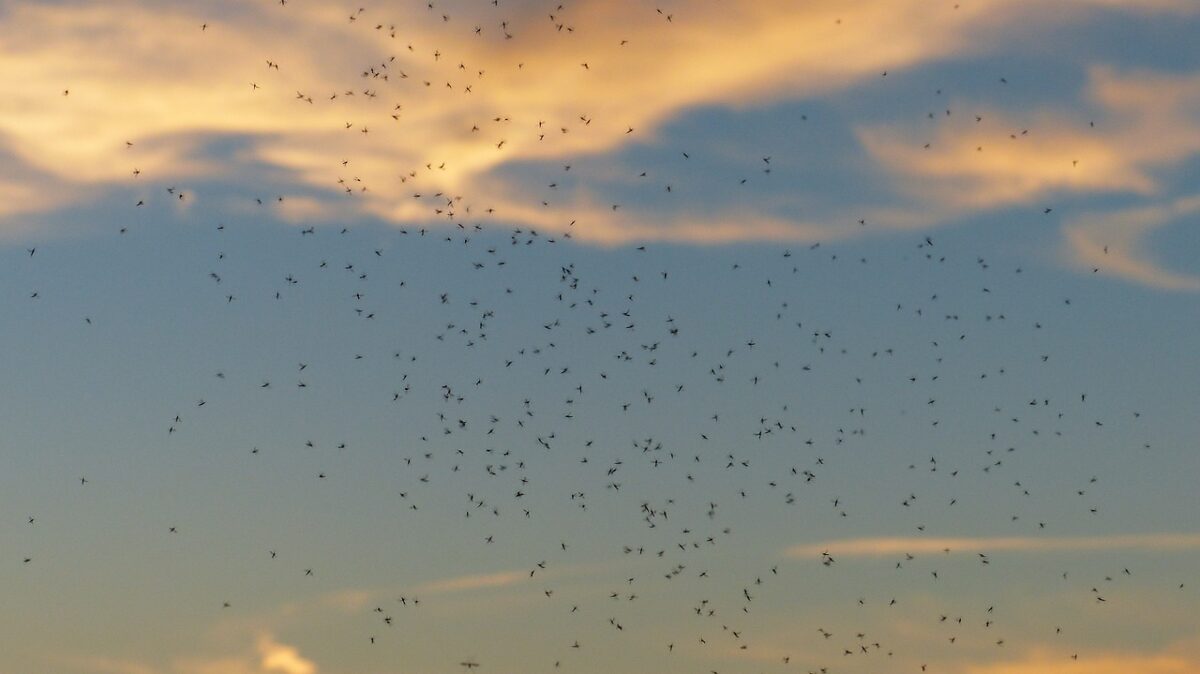
These tiny pesky creatures can be a nuisance, especially when spending time outdoors. The good news is that efforts to keep these pests at bay or eliminate them have come a long way in recent years.
Chemical treatments for no-see-ums are effective ways to manage the population in your backyard and any outdoor living spaces. The best treatments will target all life stages of the bug to ensure maximum control and reduction of their numbers. Look for products with ingredients such as permethrin or pyrethrum, which can kill adult bugs quickly.
Additionally, encapsulated sprays containing insect growth regulators (IGRs) provide long-term pest management. IGR substances prevent larvae from reaching maturity and thus reduce their presence over an extended period.
Ultimately, utilizing chemical treatments for no-see-ums combined with other pest management methods can allow you to enjoy the outdoors without worrying about being bothered by these tiny critters! Buy Chemicals to get rid of No-See-Ums from here.
Health Effects From Exposure To No-See-Ums
No-See-Ums are small, flying insects that are often overlooked due to their tiny size. However, these bugs can deliver a nasty bite and cause skin irritation for many people.
In more severe cases, No-See-Ums bites can trigger allergic reactions and lead to diseases such as Chagas Disease and Leishmaniasis. It’s essential to be aware of the health risks associated with these pesky creatures and take proper precautions while outdoors.
Conclusion
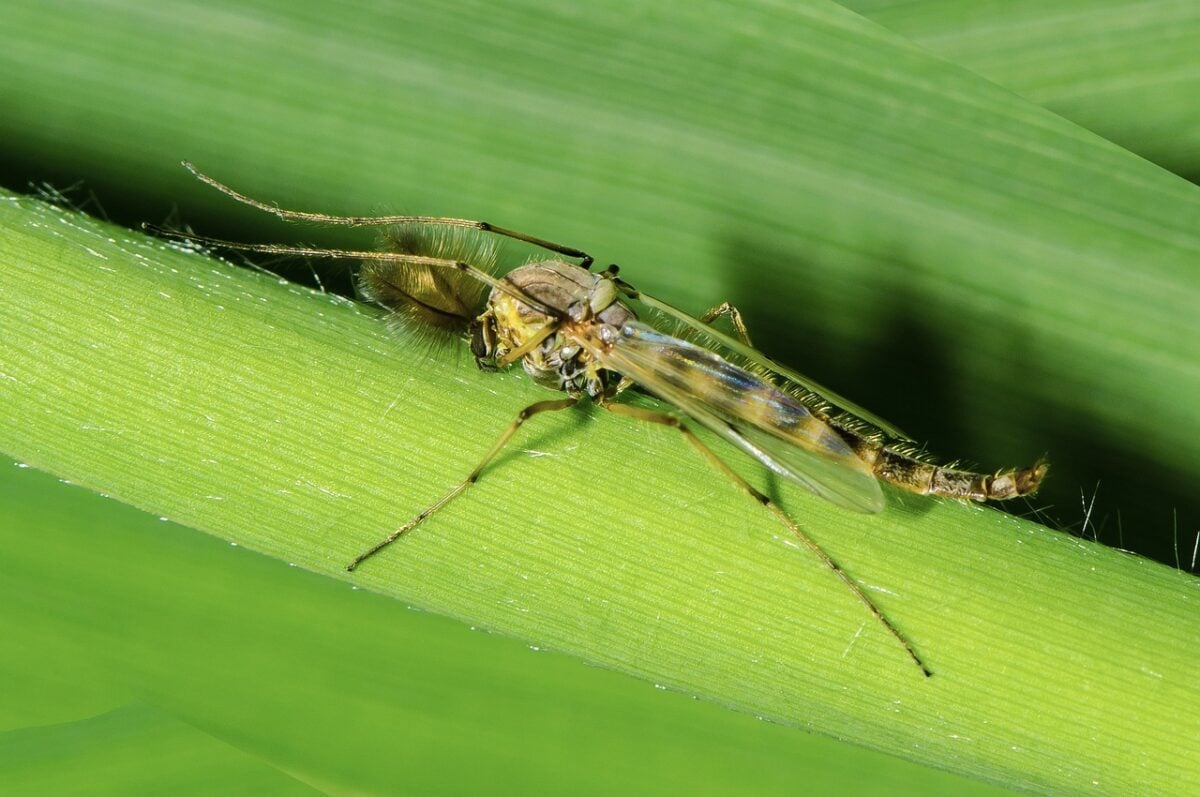
| Key Points |
| No-see-ums belong to a group of insects called Ceratopogonidae, which includes over 4,000 species distributed worldwide. These tiny bugs measure only 1/16 to 1/8 of an inch in size. |
| They have six legs, two wings, and antennae on their head. They can come in various colors ranging from pale yellowish brown to black. |
| These tiny bugs are found in damp or marshy areas around the world – and unfortunately for some humans, they love to feast on our blood! |
| Their bites are annoying and itchy and can cause inflammation, swelling, and allergic reactions that may require medical attention. |
| By being aware of their habitats and taking precautions such as using repellent, wearing light-colored clothing, and avoiding areas with standing water, you can decrease the chances of being bitten by these tiny pests. |
No-see-ums are tiny insects that can cause itchy red bumps on the skin and make outdoor activities uncomfortable, but thankfully there are ways to avoid them. By being aware of their habitats and taking precautions such as using repellent, wearing light-colored clothing, and avoiding areas with standing water, you can decrease the chances of being bitten by these tiny pests significantly.
While their bites can be unsightly and rather unwelcome, picking up some knowledge about these pesky creatures is an effective way to avoid unwanted encounters when out in nature. Now you know a little bit more about no-see-ums, you are better equipped to enjoy your time outdoors without worrying about getting bitten!
Thank you for reading this article! To learn more about an insect that greatly interferes and inconveniences humans, take a look at our post about Early Signs of Bed Bugs.
- The Most Adorable Footage of Baby Wolves in Minnesota - April 15, 2024
- Man Teaches Bald Eagle to Play Fetch - April 15, 2024
- Mother Buffalo Tries to Save Baby From Komodo Dragons - April 14, 2024

